1. Cook steamed konjac
Raw material: fresh konjac about 500g.
Seasoning: soy sauce, vinegar, minced garlic, sesame oil, chili oil, chopped green onion, salt.
Accessories: shredded carrots, shredded cucumber, cilantro, etc.
Peel and slice konjac into even-thick slices or strips. Steam over medium-high heat for 10-15 minutes, or until the konjac is completely soft and transparent.
Prepare the sauce by mixing soy sauce, balsamic vinegar, minced garlic, a pinch of salt, sesame oil, and chili oil (if you like it spicy) and adjusting the consistency of the sauce by adding the right amount of water to taste.
Steam the konjac and let it cool for a few minutes, then pour the sauce evenly over it and sprinkle with green onions, cilantro, and other accessories to add flavor.
Tips:
When choosing Konjac, make sure it is fresh and whole to avoid any damage or badness.
Steaming time should be adjusted appropriately according to the thickness and quantity of konjac to ensure that the konjac is fully cooked.
Seasoning sauce can be selected according to personal taste, if you like sweet and sour taste, you can increase the proportion of vinegar appropriately.
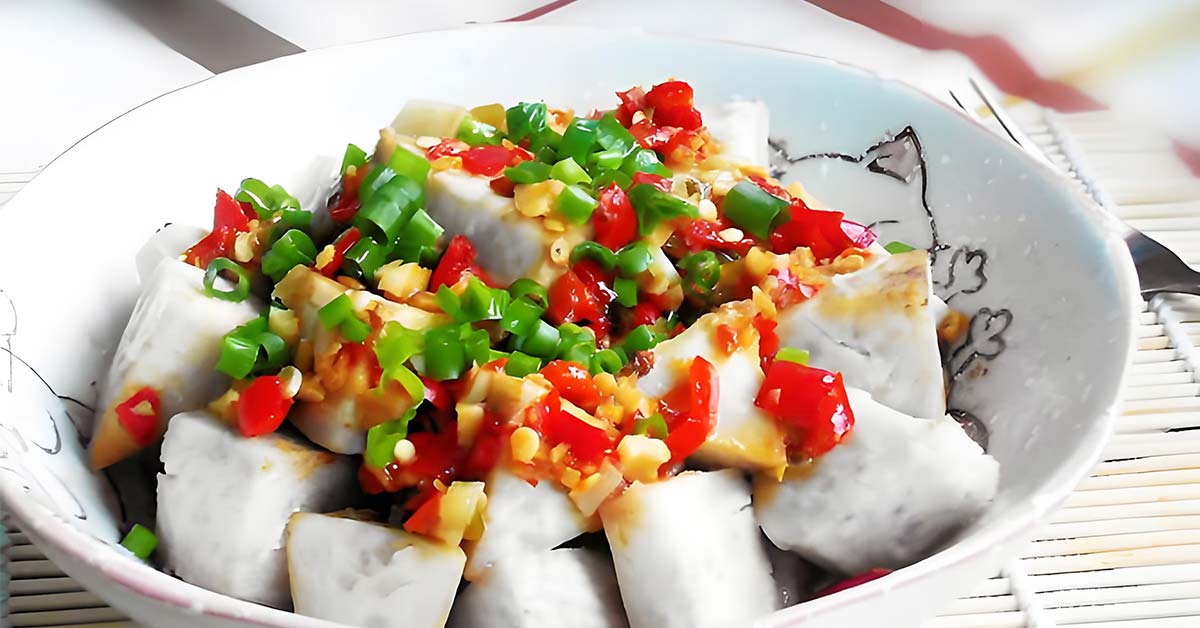
2. Cook boil the konjac
Ingredients: konjac about 200g.
Seasoning: salt, soy sauce (or soy sauce), vinegar, minced garlic, sesame oil, chopped green onion.
Rinse the konjac and cut it into small cubes or strips.
Add water to a pot, add konjac cubes, add a pinch of salt, bring to a boil over high heat, then turn down to medium-low heat and cook for about 5-10 minutes until konjac is completely softened.
Crush the softened konjac cubes into a puree and add the appropriate amount of soy sauce, vinegar, minced garlic, and salt. Toss gently to allow the konjac puree to fully absorb the flavors of the seasonings.
Finally, plate the mashed konjac, drizzle with a few drops of sesame oil, sprinkle with chopped green onion, and enjoy.
Tips:
Konjac cubes become very slippery during cooking, handle it with care to avoid burns.
The lighter texture and flavor of konjac puree make it suitable as a side dish for low-calorie diets and is more nutritionally balanced when eaten with some vegetables or meat.
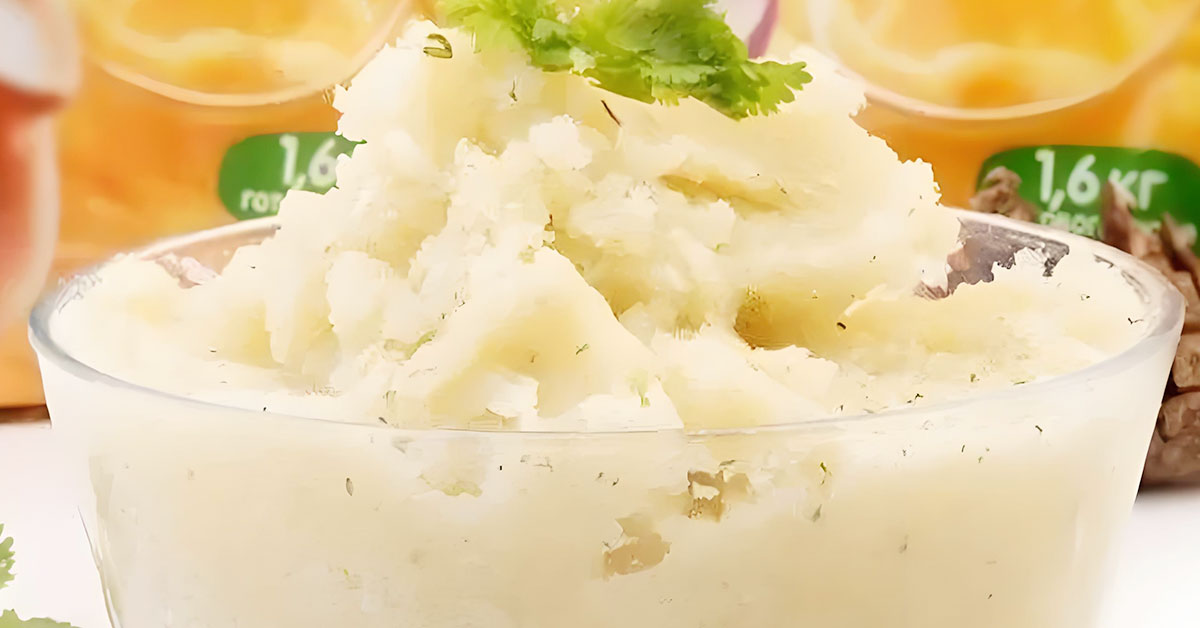
3. Cook pan fry the konjac slices
Ingredients: konjac about 300g.
Seasoning: soy sauce, dark soy sauce, salt, white pepper, minced garlic, cornstarch, vegetable oil, green onion, cilantro.
Add the konjac slices with soy sauce, a pinch of salt, white pepper, and minced garlic, mix well, and marinate for about 15 minutes to allow the konjac slices to fully absorb the flavors.
Coat the marinated konjac slices evenly with cornstarch on both sides.
Heat the vegetable oil in a pan to 160-170°C. Fry the konjac slices, one at a time, until golden brown on both sides and crisp on top.
Sprinkle the konjac slices with a pinch of salt, then remove the excess oil with kitchen paper towels and serve with chopped green onion or cilantro.
Tips:
The oil temperature should not be too high when frying so as not to burn the outside and make the inside raw.
Make sure the konjac slices are sufficiently dry before coating, otherwise the starch will come off easily.
Seasonings such as cumin powder and chili powder can be added according to personal preference.
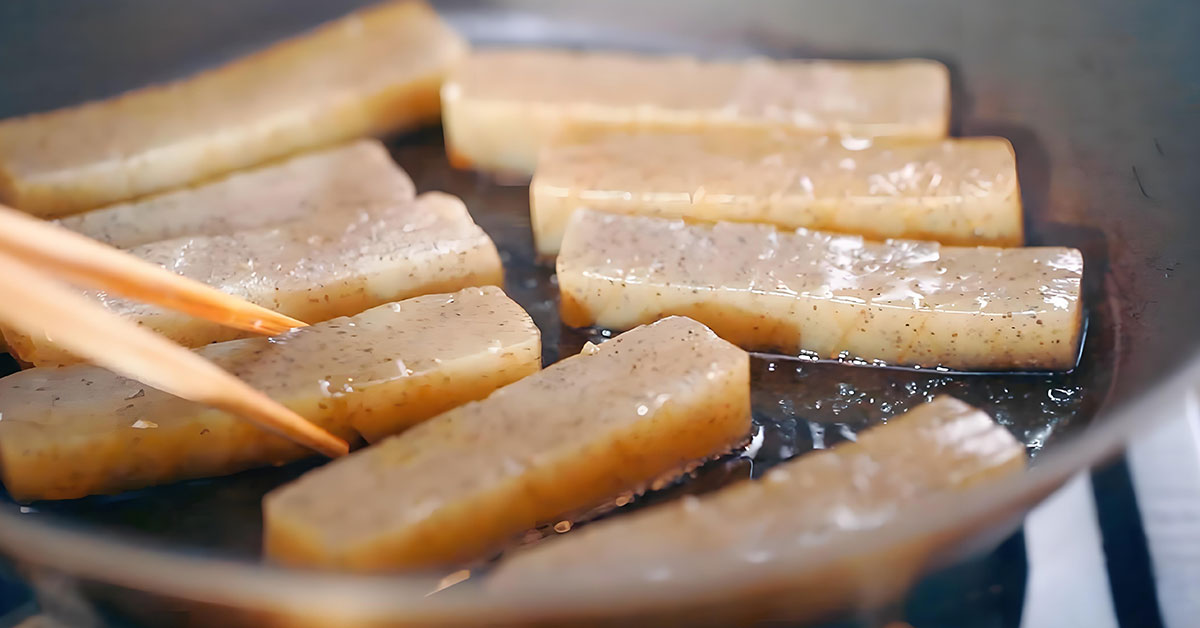
4. Cook pan fry konjac savory cakes
Ingredients: 150g konjac flour, 50g flour, 300ml water.
Seasoning: vegetable oil, salt, chicken essence, green onion, shredded carrots, diced mushrooms.
Add the konnyaku flour to the warm water, stirring as you add to make sure there are no lumps. Mix well and let stand for 5-10 minutes to allow the konjac flour to fully absorb the water and expand.
Add the chopped green onion, salt, chicken broth, shredded carrots, and diced mushrooms to the konjac paste, along with a small amount of flour to increase the structural stability of the cake, and mix well again.
Preheat a pan and brush it with vegetable oil.
Spoon an appropriate amount of konjac paste into the pan and flatten it out to form a round cake. Keep the heat on medium-low to avoid burning on the outside.
When the edges of the pancake begin to harden and the surface appears slightly dry, carefully flip with a spatula and continue to fry the other side until both sides are golden brown.
Use kitchen paper to absorb the excess oil from the pancake, and then cut it and enjoy it after it cools down.
Tips:
Control the ratio of konnyaku flour to water to avoid the konjac pancake being too soft or too hard. Do not overheat the pancake to avoid blackening the outside and undercooking the inside.
Konjac pancakes are best eaten while hot; they may become hard when cooled, affecting the texture.
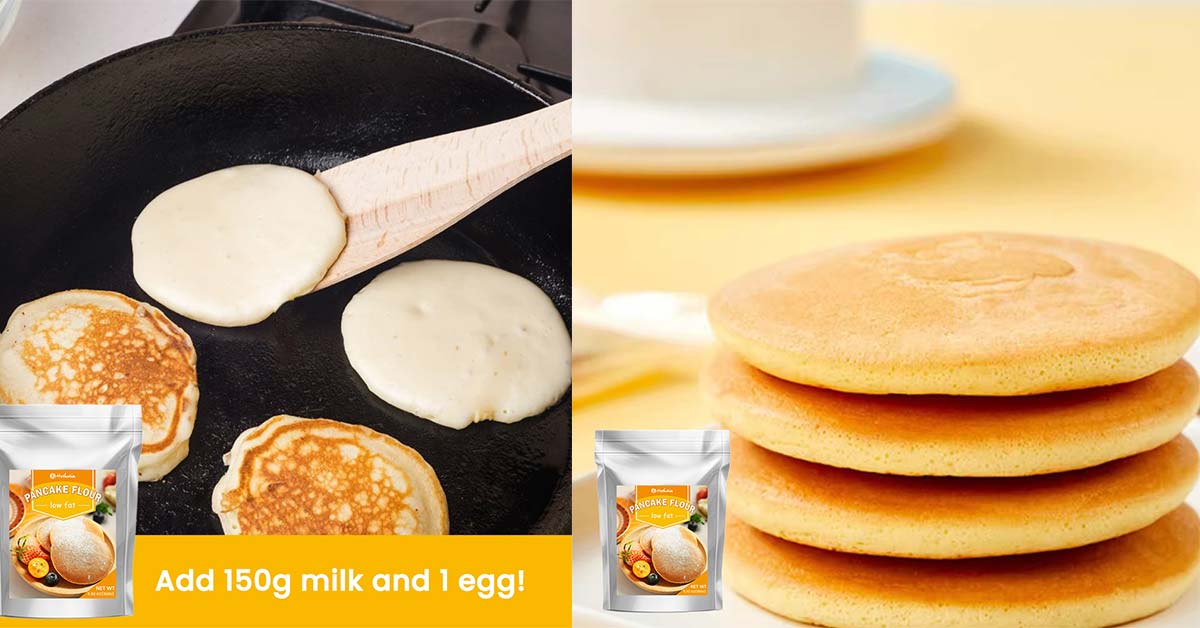
5. Cook roasted shredded konjac
Ingredients: 200g of konjac knot, 4 eggs, 100ml of milk.
Seasoning: vegetable oil, salt, black pepper, cheese, chopped green onion.
Rinse the Konjac shreds with water. If the konjac shreds are long, you can use scissors to cut them short appropriately. Mix the eggs with the milk, add salt and black pepper, and stir well with a whisk to incorporate the air into the egg mixture and make it fluffier.
Add the shredded konjac into the egg mixture and mix gently to make sure the konjac is evenly coated with the egg mixture. Brush the bottom of a baking dish with vegetable oil, pour the mixture into the dish, gently smooth the surface, and sprinkle with a thin layer of cheese.
Preheat the oven to 180°C. Place the baking dish in the middle of the oven and bake for about 15-20 minutes, until the top is golden brown, remove from the oven and sprinkle with chopped green onions.
Tips:
Depending on your taste, you can add a good amount of chopped vegetables (e.g. spinach, tomatoes, bell peppers) or diced ham to the egg mixture for added nutrition and flavor.
Ensure the oven is preheated properly, which helps the egg mixture to set evenly and quickly, maintaining a tender texture. Watch for color changes on the surface of the baked eggs to avoid overbaking which may result in a dry texture.
You can also use aluminum foil to grill konjac shreds. Aluminum foil has good thermal conductivity, which will allow you to spend less time grilling konjac shreds, and aluminum food foil will not release harmful substances at high temperatures.


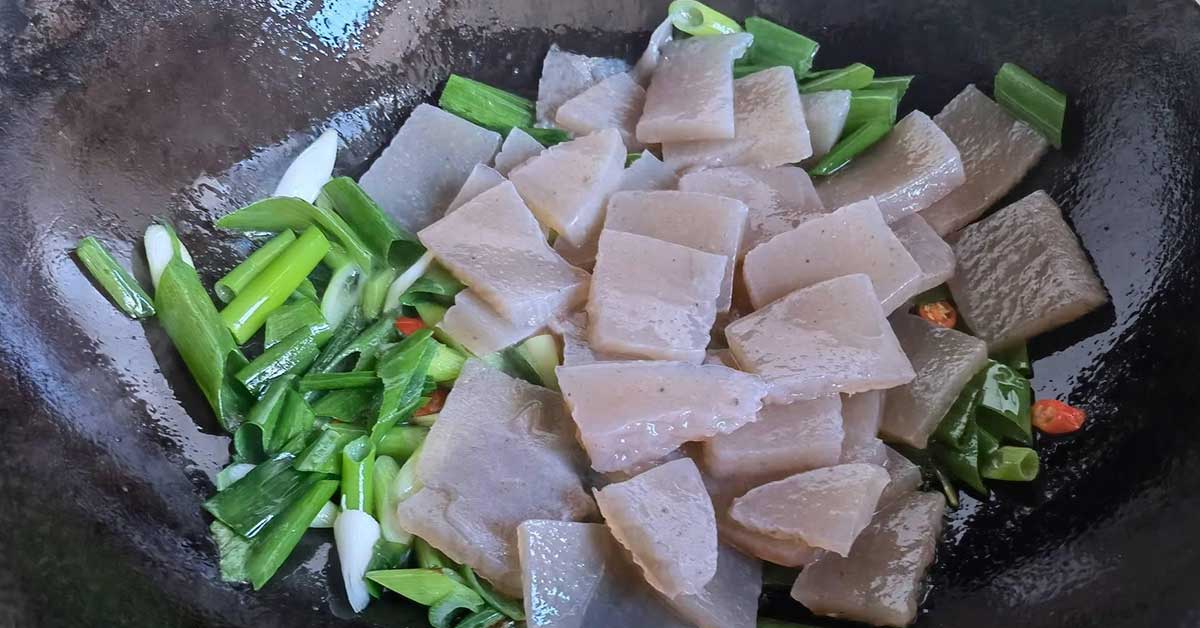
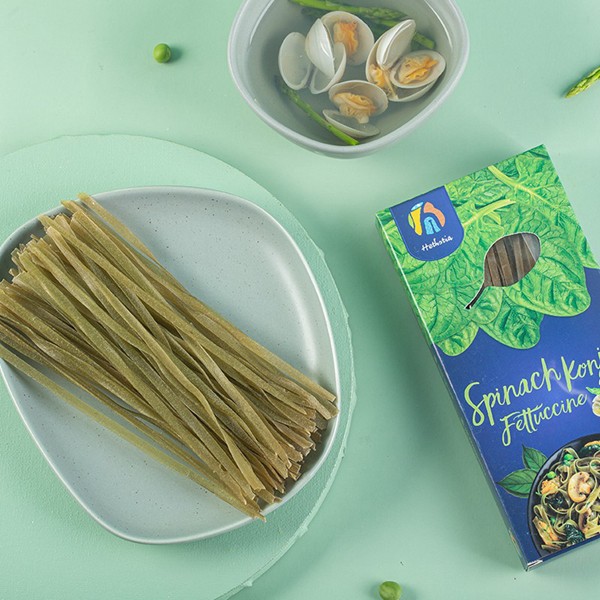

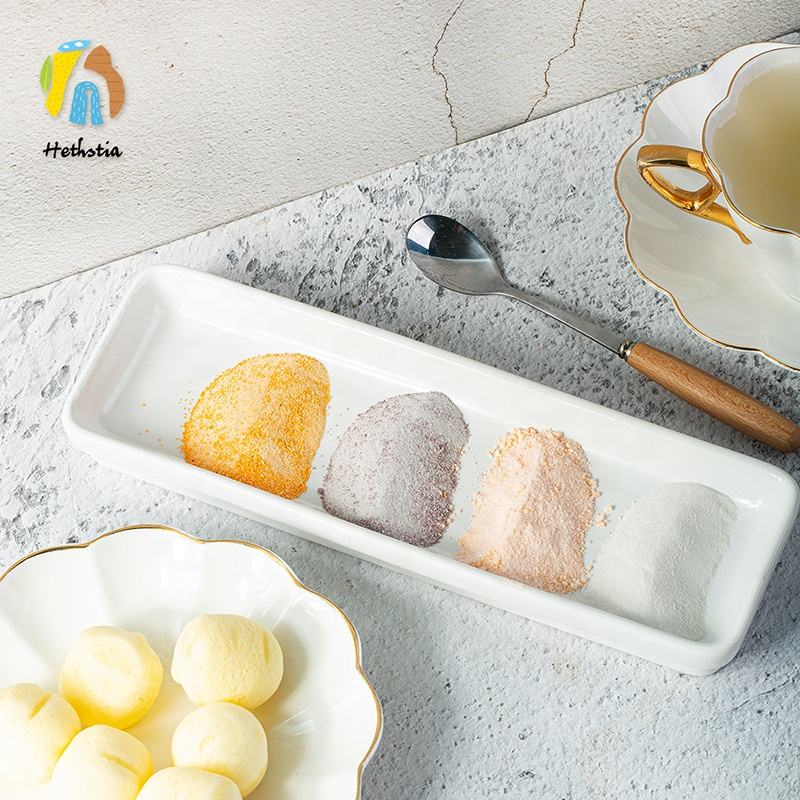
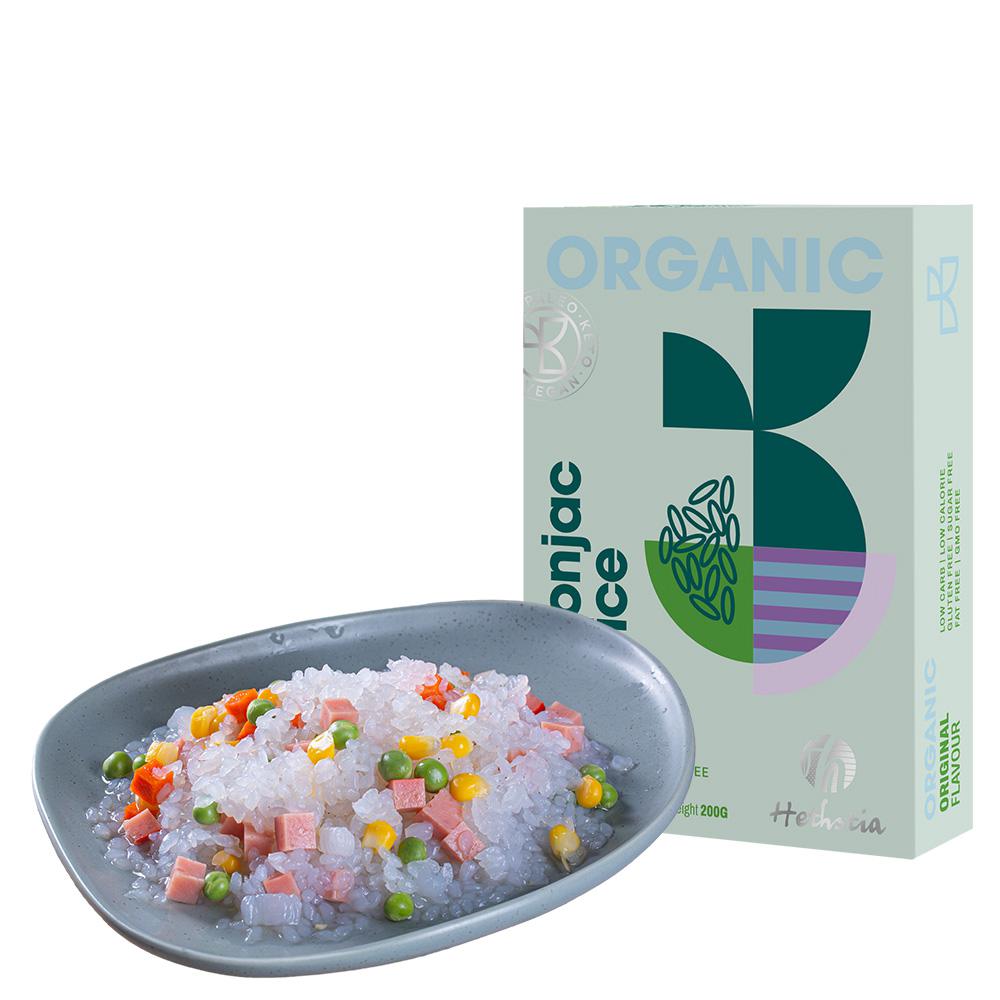
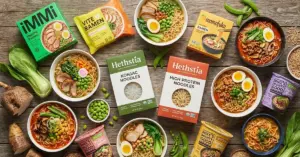




2 thoughts on “How to cook konjac, 5 ways to cook konjac.”
My brother suggested I might like this blog He was totally right This post actually made my day You can not imagine simply how much time I had spent for this info Thanks
Your blog is a true hidden gem on the internet. Your thoughtful analysis and in-depth commentary set you apart from the crowd. Keep up the excellent work!